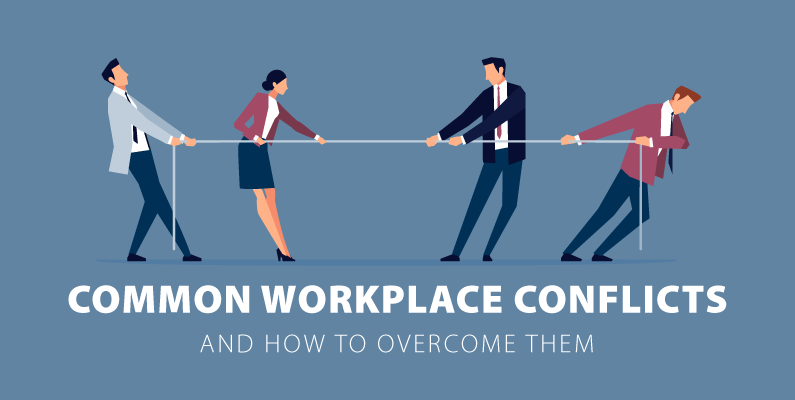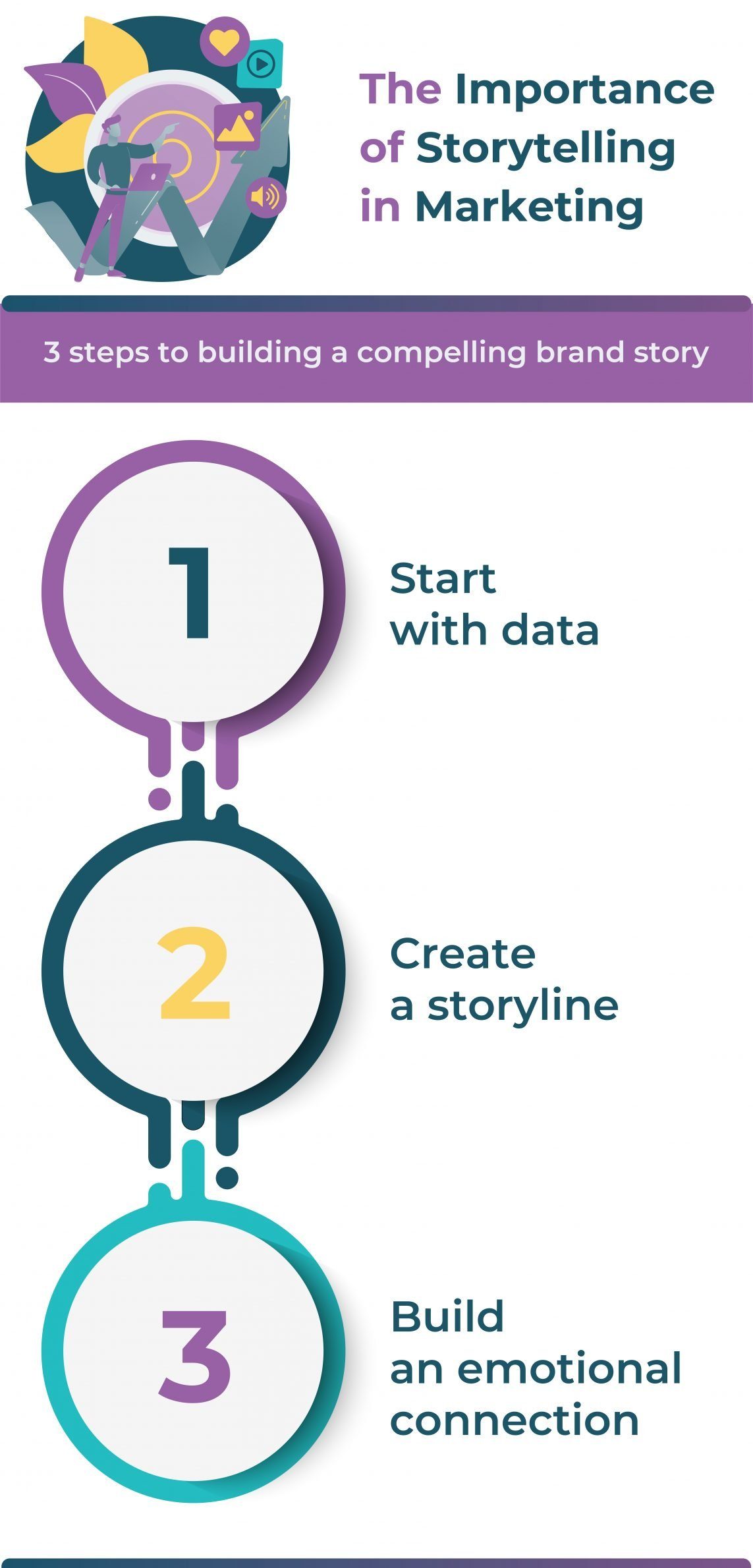Conflict is a natural part of human interaction, and the workplace is no exception. Whether it’s a disagreement with a coworker or a clash of personalities with a manager, conflict can arise in any workplace setting. However, when left unresolved, workplace conflict can lead to decreased productivity, low morale, and even legal disputes.
Effective communication is the key to managing workplace conflict. By using the right strategies, employees can effectively communicate their concerns and work toward a resolution. Here are some strategies for dealing with workplace conflict.
Identify the Root Cause of the Conflict
The first step in dealing with workplace conflict is to identify the root cause of the issue. Often, conflict arises from misunderstandings or miscommunications. Taking the time to understand the underlying cause of the conflict can help employees find common ground and work toward a resolution.
Practice Active Listening
Active listening is an essential skill for effective communication in the workplace. It involves paying attention to what the other person is saying, asking clarifying questions, and summarizing what has been said to ensure mutual understanding. Active listening helps to build trust and respect between employees and can help to deescalate conflicts.
Use “I” Statements
When discussing the conflict, it’s important to use “I” statements rather than “you” statements. “I” statements focus on the speaker’s feelings and experiences, which can help to reduce defensiveness and encourage empathy. For example, instead of saying “You always interrupt me in meetings,” try saying “I feel frustrated when I’m interrupted in meetings.”
Find Common Ground
Finding common ground is essential in resolving workplace conflict. It involves identifying shared interests and goals and working together to find a solution that meets everyone’s needs. By focusing on common ground, employees can move away from a win-lose mentality and toward a win-win resolution.
Take a Break
Sometimes, the best way to resolve a conflict is to take a break. This can involve taking a few minutes to cool off or stepping away from the situation for a longer period of time. Taking a break can help to reduce tension and emotions, which can make it easier to approach the conflict with a clear head.
Seek Mediation
If the conflict cannot be resolved through direct communication, seeking mediation can be an effective strategy. Mediation involves a neutral third party who helps to facilitate communication and find a resolution that works for everyone. Mediation can be particularly useful for conflicts that involve power imbalances or sensitive issues.
Document the Conflict
Finally, it’s important to document the conflict and any steps taken to resolve it. This can help to protect employees and the company from legal disputes and can also provide a record of the steps taken to address the conflict.
In conclusion, workplace conflict is a natural part of human interaction. However, with the right strategies for effective communication, conflicts can be managed in a way that leads to positive outcomes. By identifying the root cause of the conflict, practicing active listening, using “I” statements, finding common ground, taking a break, seeking mediation, and documenting the conflict, employees can effectively manage workplace conflict and work together toward a resolution.




